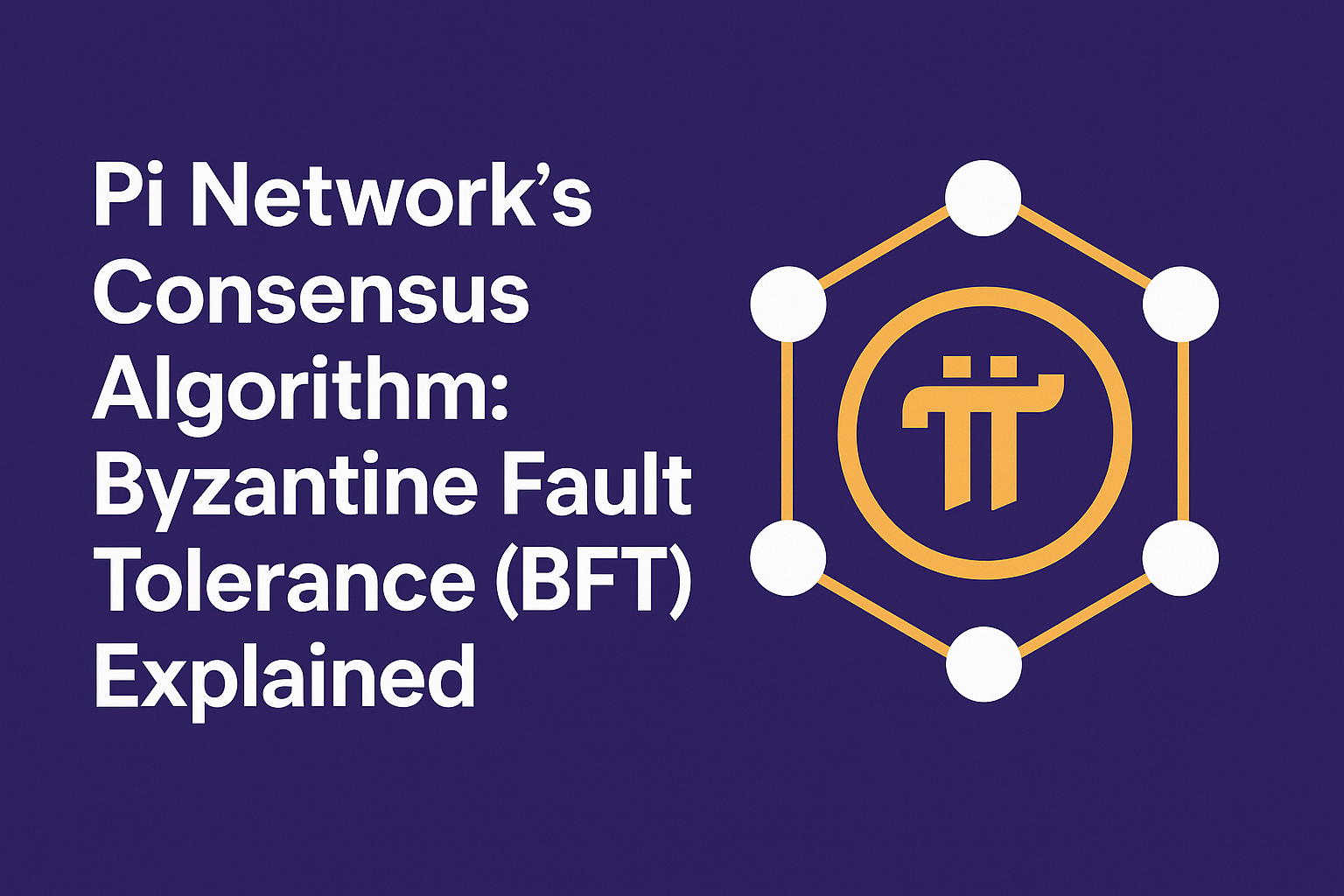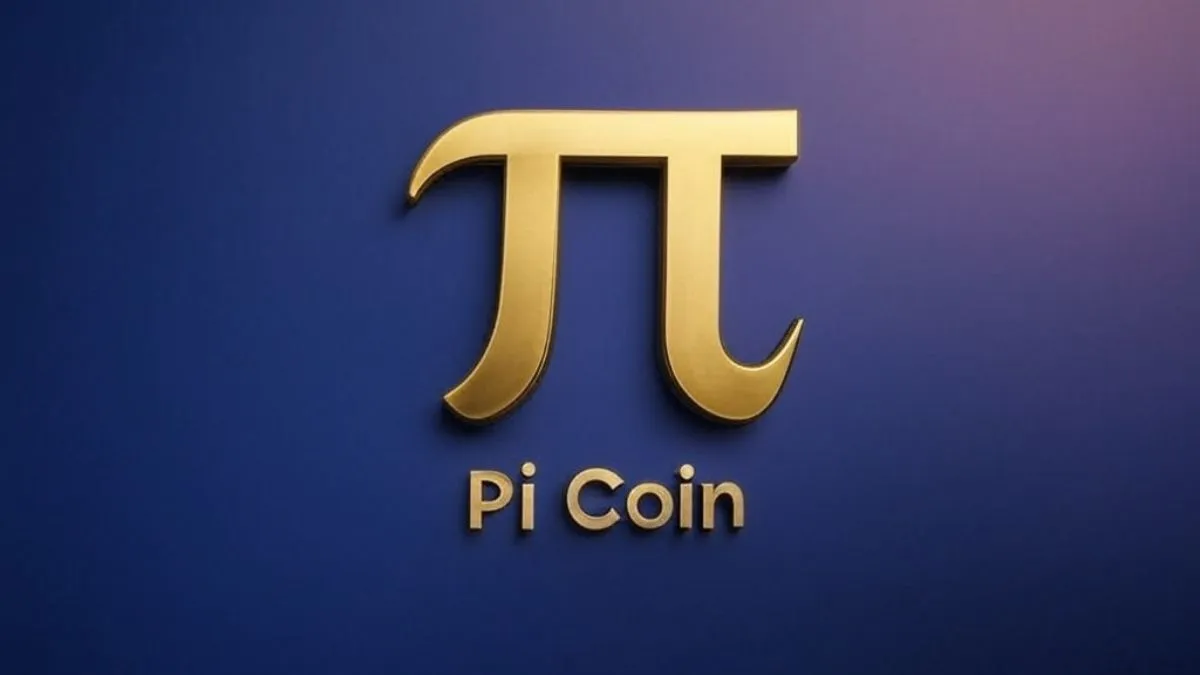Mining in Pi Network: Testnet vs Mainnet – Key Differences and What You Need to Know
As Pi Network continues to evolve, many Pioneers (users) are curious about the differences between mining Pi in the testnet versus the mainnet. With the network transitioning into its open mainnet phase, understanding how mining works in both environments is essential — especially if you’re looking to maximize your Pi earnings and actively contribute to the ecosystem.
In this article, we’ll break down the complete mining process in both the testnet and mainnet, compare their purposes, differences, and what they mean for you as a participant in the Pi Network.
🧩 What is Pi Network Mining?
Mining in Pi Network doesn’t involve energy-intensive computations like Bitcoin. Instead, it uses a mobile-first, social-based consensus mechanism built on the Stellar Consensus Protocol (SCP).
Mining in Pi is designed to:
- Encourage user growth and engagement.
- Secure the network through a trust graph.
- Provide a fair and inclusive way to distribute Pi coins.
Users mine by opening the app once every 24 hours and clicking the lightning button. This simple process rewards users based on their participation and trust contributions, not computational power.
⚙️ What is the Pi Testnet?
The testnet is Pi Network’s experimental blockchain environment — a parallel space where developers and node operators can test network functionality, performance, and scalability before the actual launch of features in the mainnet.
Key Features of Testnet:
- Not connected to real Pi value: Any Pi mined here has no economic worth.
- Used for debugging and simulations.
- Runs separately from the mainnet.
- Open to developers and advanced users to build and test dApps.
Who uses it?
- Node operators testing network behavior.
- Developers testing smart contracts or dApps.
- Pi Core Team for simulations and experiments.
🌐 What is the Pi Mainnet?
The mainnet is the official live blockchain of Pi Network. It’s where real Pi tokens are stored and where actual value resides.
Key Features of Mainnet:
- Houses real Pi with actual value.
- Secure and immutable ledger.
- KYC-verified users receive their mined Pi here.
- Supports future ecosystem apps and utilities.
Launched in December 2021, the Pi mainnet initially operated in an enclosed phase, where Pioneers could access and use Pi in limited ways while the ecosystem matured. As it gradually opens up, more real-world utilities, apps, and trading capabilities will emerge.
⛏️ Mining in Testnet vs Mainnet: What’s the Difference?
| Feature | Testnet | Mainnet |
|---|---|---|
| Type of Mining | Simulation Only | Real mining (with real Pi) |
| Value of Pi | Zero (test currency) | Actual Pi with future economic value |
| User Participation | Mostly developers & node testers | Open to all KYC-verified Pioneers |
| Impact on Wallet | No real wallet balance changes | Real balances stored and locked/unlocked |
| Purpose | Testing network stability and scalability | Actual blockchain operations and transactions |
🔍 Why Testnet Mining Exists
Mining in the testnet serves several critical purposes:
1. Network Simulation
It allows the Pi Core Team and node operators to simulate how real users and transactions would behave under different conditions.
2. Testing Consensus
The testnet helps validate the effectiveness and security of the SCP algorithm before it is used at scale on the mainnet.
3. Bug Detection
Potential issues in software updates, node coordination, or transaction validation can be spotted and fixed before affecting the real network.
✅ Mainnet Mining: How It Works Today
In the current mainnet phase, mining continues daily through the Pi app. However, rewards now depend on more factors than before:
1. Base Mining Rate (BMR)
A standard rate that decreases over time as more users join (following a halving model).
2. Security Circle Contributions
Users build a “trust graph” by adding real, trusted users. This secures the network and boosts your mining rate.
3. Node Participation
Users running Pi Nodes may receive future rewards or increased mining rates.
4. App Usage
Engaging with Pi apps or ecosystem services may also enhance mining bonuses.
5. Referral and Team Bonuses
Referring others and mining together boosts your overall earnings.
📦 Locked vs Transferable Pi
In the mainnet, Pi balances are split into:
- Locked Pi: Temporarily frozen for a set period (to promote network health and discourage dumping).
- Transferable Pi: Usable for real transactions once the mainnet opens fully and KYC is completed.
Mining now contributes to future transferable Pi once fully migrated from the app to the blockchain.
🔐 KYC’s Role in Mainnet Mining
One key difference from the testnet is KYC verification. Only KYC-verified users can migrate their mined Pi from the app to the mainnet wallet. In contrast, the testnet has no KYC requirement since it handles only test coins.
Without passing KYC:
- Your mined Pi stays in limbo.
- You cannot use it for transactions or apps.
- You’re ineligible for future ecosystem utilities.
🧠 Do You Earn Pi on the Testnet?
No. Mining in the testnet is purely for simulation. Any Pi “earned” here:
- Has no monetary value.
- Is reset regularly or erased after testing.
- Does not appear in your mainnet balance.
Testnet mining is primarily for advanced users helping to run and test the blockchain infrastructure.
🔮 What Happens as the Mainnet Opens?
As the open mainnet launches:
- More transactions will take place using real Pi.
- dApps and smart contracts will move from testnet to mainnet.
- Testnet usage will remain for development and experimentation, much like Ethereum’s Ropsten or Goerli testnets.
- Mining on mobile will remain available but may eventually be adjusted based on network maturity and decentralization goals.
🚀 Future of Mining in Pi Network
While mining in the mobile app will likely continue, it will evolve:
- Rewards may shift toward utility contributions: running a node, developing apps, using ecosystem services.
- In-app activity and Pi utility could become more important than just daily taps.
- Node operators may receive new roles, including block validation and governance input.
The testnet, on the other hand, will remain an essential sandbox for developers.
🧾 Summary: Key Takeaways
| Element | Testnet Mining | Mainnet Mining |
|---|---|---|
| Currency Value | 0 (Test Pi) | Real Pi |
| Purpose | Development & Testing | Real transactions and value |
| User Type | Developers & Node Testers | General public (KYC verified) |
| Earning Real Pi | No | Yes |
| Affects Real Wallet | No | Yes |
🗣️ Final Thoughts
Mining in Pi Network, whether in the testnet or mainnet, plays a crucial role in building a decentralized, accessible financial ecosystem. While the testnet is for development and infrastructure testing, the mainnet is where real economic activity begins.
As a Pioneer, your focus should be on:
- Completing KYC to access your real Pi.
- Continuing to mine in the app.
- Exploring ways to contribute to the ecosystem (nodes, apps, governance).
The journey is just beginning — and those who understand the system early will be better positioned to thrive when Pi Network reaches full maturity.




